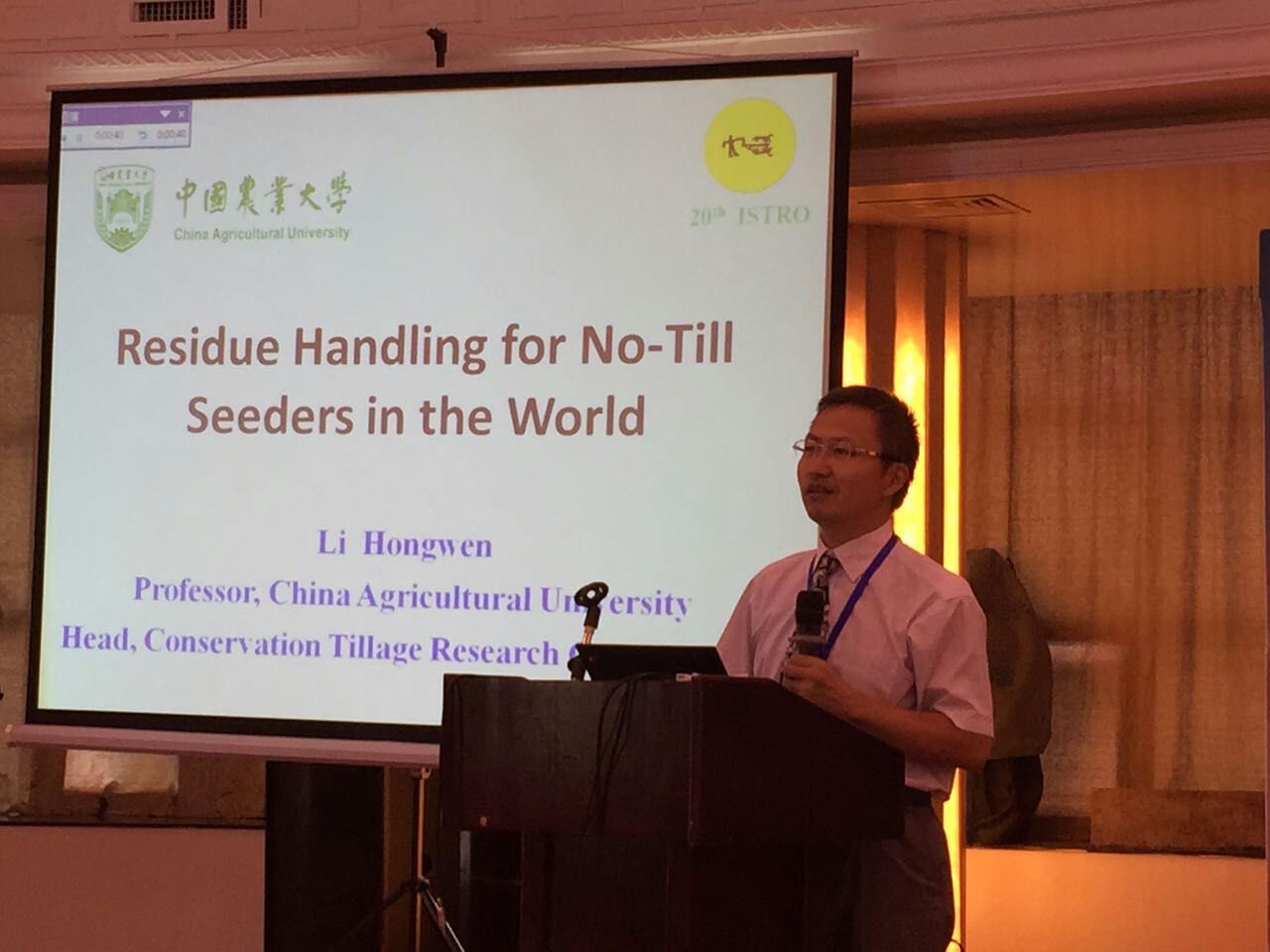Effects of 15 years of conservation tillage on soil structure and productivity of wheat cultivation in northern China
October 20,2015Infos:
An understanding of long-term tillage and straw management impact on soil structure and productivity is necessary for the further development of conservation tillage practice in dryland farming areas. Data from a 15-year field experiment conducted in Shanxi, on the loess plateau of northern China, were used to compare the long-term effects ofno-till and residue cover (NTSC) with conventional tillage (CT) in a winter wheat (Triticum aestivum L.) monoculture.Long-term CT and straw removal resulted in poor soil structure and low productivity. Mean soil bulk density in NTSC was 1.5% less than in CT and capillary porosity (<60 µm) 3.2% greater. Water stability of macro-aggregates >2 mm was much greater for NTSC in the 0–0.20 m profile. Soil organic matter and total N and P were 27.9%, 25.6%, and 4.4% greater in NTSC, respectively, and earthworms (19/m2) were found only in the no tillage treatment.
Crop yield and water use efficiency tended to be higher under NTSC than under CT, especially in the years of low rainfall, suggesting that the change in soil structure has provided a better environment for crop development. Our 15-year experimental data indicate that NTSC is a more sustainable farming system, which can improve soil structure, and increase productivity with positive environmental impacts in the rainfed dryland farming areas of northern China.
Featured Downloads
- Traffic and tillage effects on wheat production on the Loess Plateau of China: 2. Soil physical properties 2015-10-20
- Thoughts on developing small/medium size...... 2015-10-20
- Effects of 10 years of conservation tillage on soil properties and productivity in the farming–pastoral ecotone of Inner Mongolia, China 2015-10-20
- Design and Experiment of ф-type-knots Knotters on Chinese Small Square Balers 2015-10-20
- Conservation Agriculture in the 21st Century 2014-06-23
- Effects of 15 years of conservation tillage on soil structure and productivity of wheat cultivation in northern China 2015-10-20
